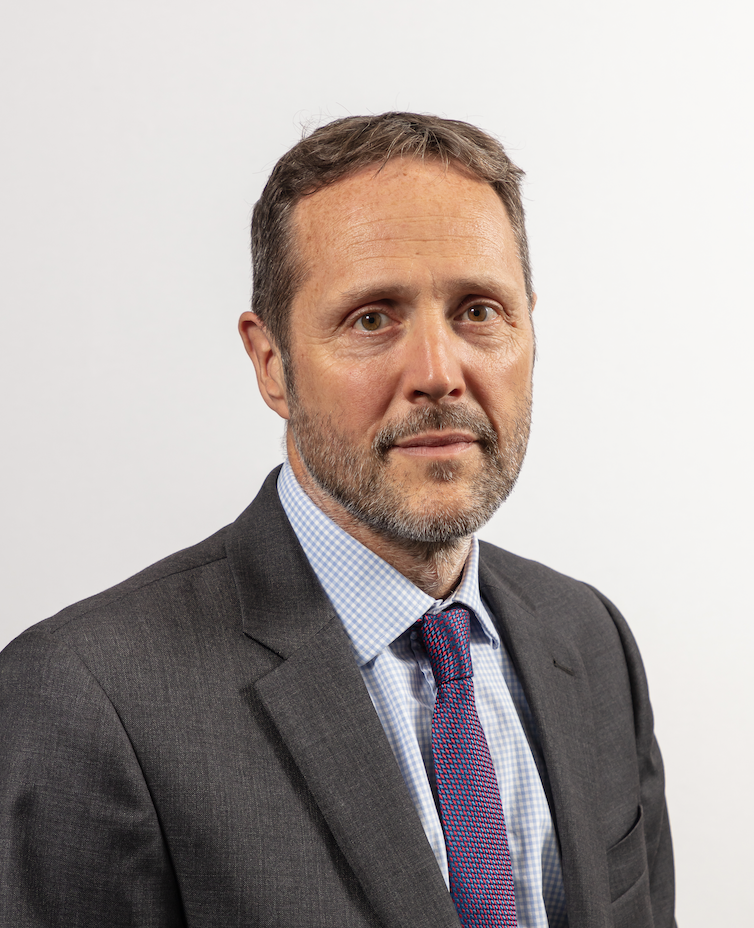2021 will see a mix of risks, dominated by politics and economics, argues Anthony Rayner, Fund Manager, Premier Miton Investors.
One of the big issues for markets currently is whether the economic rebound is sustainable. The major challenge is the new round of Covid-related lockdowns, though there are of course policy responses that will mitigate some of this. Specifically, vaccinations programmes, and the pace of their rollout, and fiscal stimulus. Of particular interest on the fiscal point is the quantity and quality of the US fiscal stimulus. Crucially, both of these factors are inherently political.
If we move closer to home, one of the big drivers of UK assets over recent years, particularly sterling, has been Brexit, with politics firmly at the centre of all the twists and turns. Politics, and by that we mean politicians, electorates and political institutions and their laws, have been key drivers of economics and financial markets in recent years.
It wasn’t always like this. Before the Global Financial Crisis (GFC), power had shifted to large corporations over an extended period of time, facilitated in the preceding decades by the move to globalisation. Indeed, it can be traced back to the Reagan/Thatcher axis and the fall of the Soviet Union, where the dominant narrative evolved that private sector was good and public sector was bad. Many state assets were privatised and with that the influence and power of governments waned even further.
In this environment, particularly in developed democracies, political risk formed a generally small part of overall market risk. However, post GFC, there has been a material change, with political risk becoming much more relevant.
Initially, this was because of the scale of the GFC, and the political nature of the policy responses, and then more recently due to the scale and nature of the Covid crisis. In short, in times of national crises, it should come as no surprise that elected representatives are expected to achieve more and therefore are permitted to assume more power.
Similarly, economic risk has not always been so relevant, or volatile. Indeed, running up to the GFC, there was an extended period where economic activity and inflation were very stable; it became known as “Goldilocks”, where growth wasn’t too strong or too weak. Markets took great comfort from this, and many investors felt that the economic environment offered little to worry about. In the background though, imbalances were building up in other areas, particularly consumer credit, which ended up contributing to the GFC. Fast forward to today and lockdowns have materially increased economic volatility.
This change in the mix of risks has significant implications for how we view risk. For us, political risk is largely to be managed, rather than exploited. This is due to its opaque nature, with a preference for deal making behind the scenes. Also, human biases tend to run riot when looking at political risk, as we saw around Brexit. Tempting though it may be, particularly with polls providing believable trends, the combination of political risk and event risk, e.g. an election or a referendum, is the type of risk we stay well clear of, trying instead to ensure portfolios are as neutral as possible to these normally binary outcomes.
As pragmatists, guided by building price momentum, we have been moving the portfolios’ equity bias more towards cyclical sectors and, much more recently, have been buying value cyclical sectors, such as banks, materials and oils. As a result, our exposure is more balanced than it has been for some time. In terms of bonds, we retain a fairly short duration, limiting the negative impact of higher yields. Elsewhere, we continue with our gold position, which provides a safe haven in many scenarios. Going forward, we will be driven by where positive momentum emerges, rather than forecasting.
It’s also worth noting that while there is normally a focus on the US economy, in fact Eastern economies appear to be emerging from the crisis in relatively good shape. This led us to add to Japanese cyclicals at the end of last year. Another way of not answering the unanswerable $64 million question around the profile of economic activity is to also invest away from the question, for example in our renewable energy theme, and our themes generally, which tend to be less sensitive to the economic cycle, as they are driven by long-term structural forces, such as technological and demographic change.


































